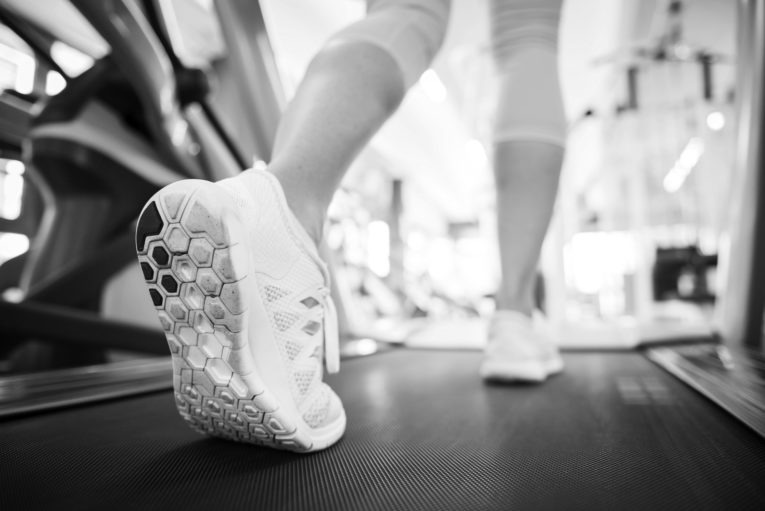The lymphatic system is a network of tissues and organs that helps the body get rid of toxins and waste materials.
Lymphedema is when the lymphatic system breaks down and allows the buildup of fluid in one or more of a patient’s arms or legs. The swelling that results from this buildup can range from mild to severe.
Sanford Health physical therapist Sy Schaap is now certified in lymphedema therapy, a specialized treatment approach that stimulates the flow of lymph fluid and removes the excess fluid from the body.
Multiple techniques can be combined to provide a patient with effective lymphedema therapy.
“It can be overwhelming because there are different aspects of lymphedema care – including manual lymphatic drainage, the wrapping and exercises – so the patient has to do a lot of homework and it can be time consuming. It affects their lifestyle,” Schaap said.
Too much swelling in a limb can cause skin breakdown, making it important to reduce swelling before it causes more problems. While there’s no cure for lymphedema, compression treatments and physical therapy can help reduce swelling and discomfort.
“It’s a life-long management. Patients will need to continue working to manage the discomfort and swelling,” said Schaap, a certified physical and lymphatic therapist at Sanford Worthington in Minnesota.
Along with regular therapy sessions, Schaap teaches patients exercises that they can use at home to lessen the effects of lymphedema.
“It does affect your joints and your limbs when they’re swollen,” Schaap said. “Any type of active movement using the muscles helps to pump that fluid out of your system.”
Specialized wrapping techniques also aid lymph fluid out of the extremities. In a similar way, compression garments can help to reduce swelling and prevent scarring or other complications. Examples of treatments that help stimulate lymph flow:
Manual compression – Manual massage therapy techniques, also known as manual lymph drainage
Exercises – Exercises that lightly contract and stimulate arm or leg muscles
Elastic sleeves or stockings – When fitted properly, these garments provide gradual compression from the end of an arm or a leg toward the body
Bandages – Bandages are wrapped from end of limb to center offering a graduated compression throughout the limb.
Pneumatic compression devices – These are sleeves or stockings connected to a pump that provides sequential compression from the end of an arm or a leg toward the body
“Our goal is to help patients take control of their lymphedema so they can take care of it by themselves and lead a normal life,” Schaap said.
…
Posted In Health Information, Symptom Management, Worthington
